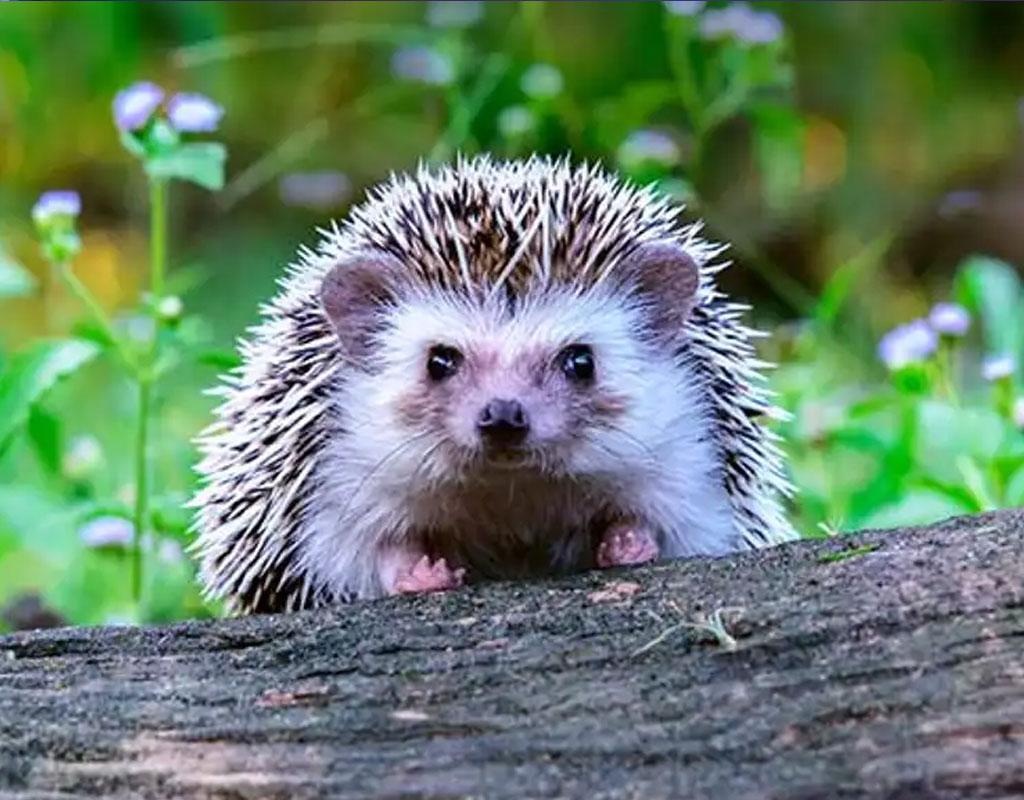Make Your Garden a Haven for Nature
Published: 17th May 2023

British gardens cover around 667,000 acres, providing food, shelter and breeding sites for a range of garden wildlife. Insects and amphibians, birds, mammals and more can all be discovered in our gardens. Make your garden a haven for these creatures and critters by providing them with a suitable environment.
Did you know? Fewer than 1% of Britain’s insects are garden pests! Many can be beneficial as pollinating insects, or as predators of pest species and the majority have no detrimental effects to gardens.

Aquatic Planters and Ponds
Ponds or aquatic planters are magnets for garden wildlife such as frogs, newts and dragonflies. They also provide water for birds and help to conserve both aquatic and amphibian life.
Aquatic planters are easy to build and can be used right away, requiring no intensive groundwork. These features look great in any garden or patio and provide an ideal home for both pond plants and wildlife.#
Get Planting and Feeding for those red squirrels
Did you know? Less than 15,000 red squirrels currently exist in England.
- Planting brambles, crab apples, holly and conifer can encourage red squirrels into your garden.
- Providing feeding boxes filled with hazelnuts, wheat, linseed, pine nuts and sunflower seeds can help encourage them to stay.
- Once you’ve attracted some of these furry friends, you should report sightings to your local red squirrel trust to help ensure their conservation

Flower Beds
Aside from making our gardens look beautiful, flower beds and planters are great for attracting garden wildlife such as butterflies, bees and birds.
- Growing wildflowers can provide nectar and pollen for butterflies, bees and other insects.
- Seed heads make perfect snacks for birds and insects.
- Hollow stems and foliage create a fantastic home for insects and spiders during the winter.
Nesting Boxes and Feeders for Garden Wildlife
- Putting up nesting boxes and bird feeders will encourage birds, including owls to breed in your garden.
- When installing your nesting boxes make sure the birds have a clear flight path to the nest.
- Boxes for tits, sparrows or starlings should be fixed up to four metres high.

Compost Heaps
- Compost heaps are full of insects, worms and mites that help the composting process to convert vegetation into rich compost.
- Composters also provide a feeding area for birds and hedgehogs.
Fruit and Vegetables Areas
Grow fruit and veg easily with wooden planters and veg beds.
- Leaving a little fallen fruit or veg on the ground in the colder months can help feed winter migrant birds.
- Top tip – Grow annuals around the edge of your produce to encourage insects such as hoverflies, which prey on fruit and veg pests such as aphids.